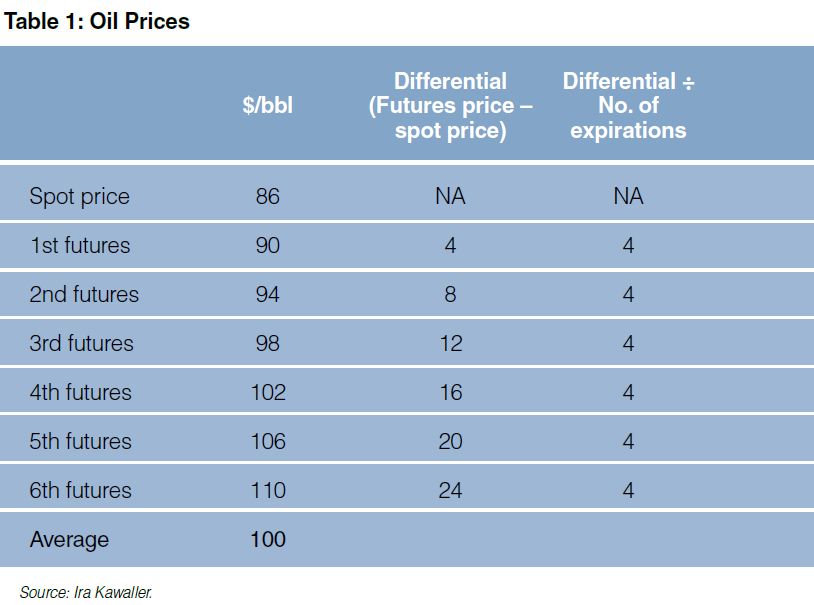Interest Rate Swap Futures Comparing Apples with Apples
Post on: 26 Июнь, 2015 No Comment

An upside of the new financial market regulations is that they can be a lever for innovation and an impetus to form new partnerships. Were already seeing evidence of this happening with the futurization of interest rate swaps .
Both Eris Exchange and CME Group list interest rate swaps futures contracts based on IMM dates. Yet Eriss swaps futures contracts compete with and complement CMEs offerings. Eris clears its swaps contract through CMEs clearinghouse and can portfolio margin with the CME deliverable swap future (DSF) as well as Eurodollar and Treasury futures. Moreover, Eris hopes to be able to offset margin against OTC swaps contracts, offering clients a full suite of portfolio margining.
The unique feature of CMEs contract is that its deliverable. If a position isnt offset or rolled forward prior to the maturity date, it becomes a cleared OTC swap. The owner of the futures contract posts margin based on 2-day VaR calculation. If the position turns into an OTC swap, the owner posts margin based on a 5-day HVaR calculation.
The Eris offering is a differentiated product that always remains a futures contract. If a contract isnt offset, it enters the effective period of the swap futures and the forward period. The margin continues to be calculated on a 2-day VaR in the futures guarantee fund.
Eriss product accrues price alignment interest (PAI) for the life of the trade, and it settles to the OTC swap curve. For example, a firm that has a futures contract constructed as a 5-year forward period on a 5-year swap may receive PAI for all 10 years. If the firm did the same trade on the CME, kept rolling the DSF for five years (20 rolls), and then took delivery of the 5-year swap, it would have missed out on five of the 10 years of PAI. Practically speaking, the market would price that into the bid-ask of the contract, but the firm would still incur the spread as the contract is rolled forward.
The CME futures contract is priced in 32nds whereas the Eris contract is priced on NPV. This provides friction between the two products resulting in trading opportunities in both contracts.
Both exchanges list 2-, 5-, 10- and 30-year benchmarks. Eris also lists Eris Flex products, enabling firms to construct futures contracts to manage duration or match their cash flows. For example, they could combine a forward period with a benchmark contract to execute a contract with the maturity in 7 years and 2 months, 23 years or even 40 years. The Eris Flexes are akin to the CME OTC clearing offering following the 5-day HVaR margin methodology. The market may look to these complementary offerings as a switch market between traditional swaps and swap futures.
The category 1 central counterparty clearing mandate only took effect on March 11, 2013, so its still early days. It will be interesting to see how market participants change their behavior to dynamically formulate trading combinations between Eris Exchange swap futures and CMEs deliverable swaps futures contracts, and the CME cleared offerings.














